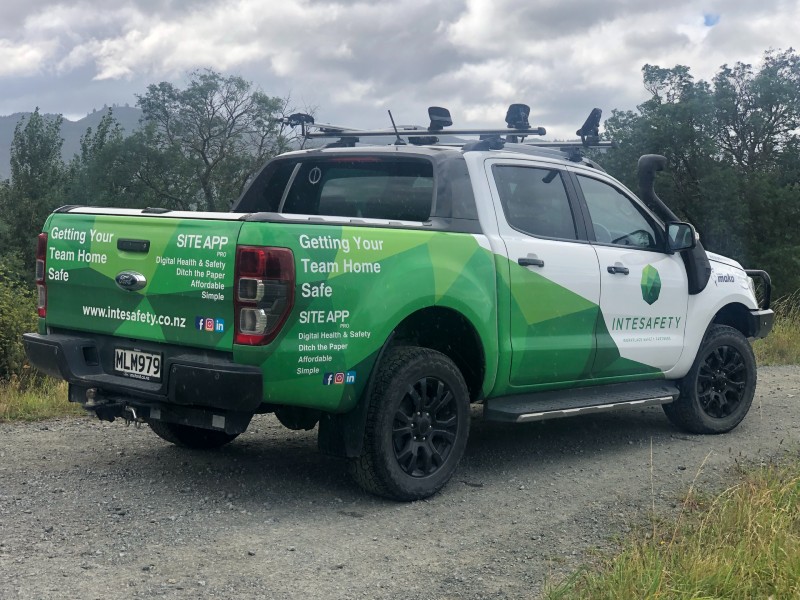The importance of toolbox meetings, or ‘toolbox talks’.
An effective workgroup toolbox meeting is one of the most vital methods of proactive communication and consultation within any organisation.
Toolbox meeting key objectives are aimed at engagement, improving communication, and keeping everyone informed on current safety, environment, or quality concerns within the company and industry happenings in general.
A toolbox meeting can also be used as a platform to cover pertinent aspects of the HSEQ Management System for staff awareness or as another opportunity to raise HSEQ concerns within each department.
Toolbox talks are generally conducted by the Area/Site Manager and are formally documented to allow for follow up on any agreed actions. Use of worker peers to deliver the toolbox talk is also encouraged.
Completing a toolbox meeting
Successful toolbox talks require a bit of pre-delivery planning to ensure that the manager/worker leading the talk has identified details of key messaging and discussion prompts. It is very easy to erode or undo any previous worker engagement by a poorly planned or delivered toolbox talk.
A basic toolbox meeting structure could include:
- Maintaining a regular meeting schedule.
- Ensure the attending workers can hear and participate in the meeting agenda.
- Keep the talk to a max of 10 -15 minutes.
- Do not deliver toolbox talks during scheduled meal breaks.
- Stay positive during the talk.
- Know the discussion topics prior to delivering the talk – try to tell a story as opposed to delivering statistics.
- Keep the toolbox talk relevant to the activities at the workgroup.
- Provide an update on any issues raised at the previous meeting.
- Keep the talk interactive – ask open ended questions to prompt engagement.
- Provide equipment or tool demonstrations or allow workers to try things out or see what safe looks like.
- Allow workers to contribute – ask for opinions or solutions.
- Discuss upcoming changes at the site/area.
- Discuss any incidents, near miss or safety observations completed at the site.
- Deliver any internal or external safety alert details relevant to activities.
- Recap on the key messaging prior to closing meeting and provide handouts if available/applicable.
- Seek formal or informal feedback on toolbox delivery content or context to enable improvement in engagement.
Many organisations request staff to rank the previous week’s safety performance based upon a simple traffic light rating process:
- Red (significant incident occurred)
- Amber (business as usual)
- or Green (safety improvement made)
Trending and analysis on this rating may be developed for company reporting requirements.
Remember, a toolbox meeting is about improving engagement and safety, not about signing the attendance sheet.
As part of our standard services, we can provide a range of toolbox talks for your business. We can also help coach your leaders on how to run an effective toolbox meeting.

